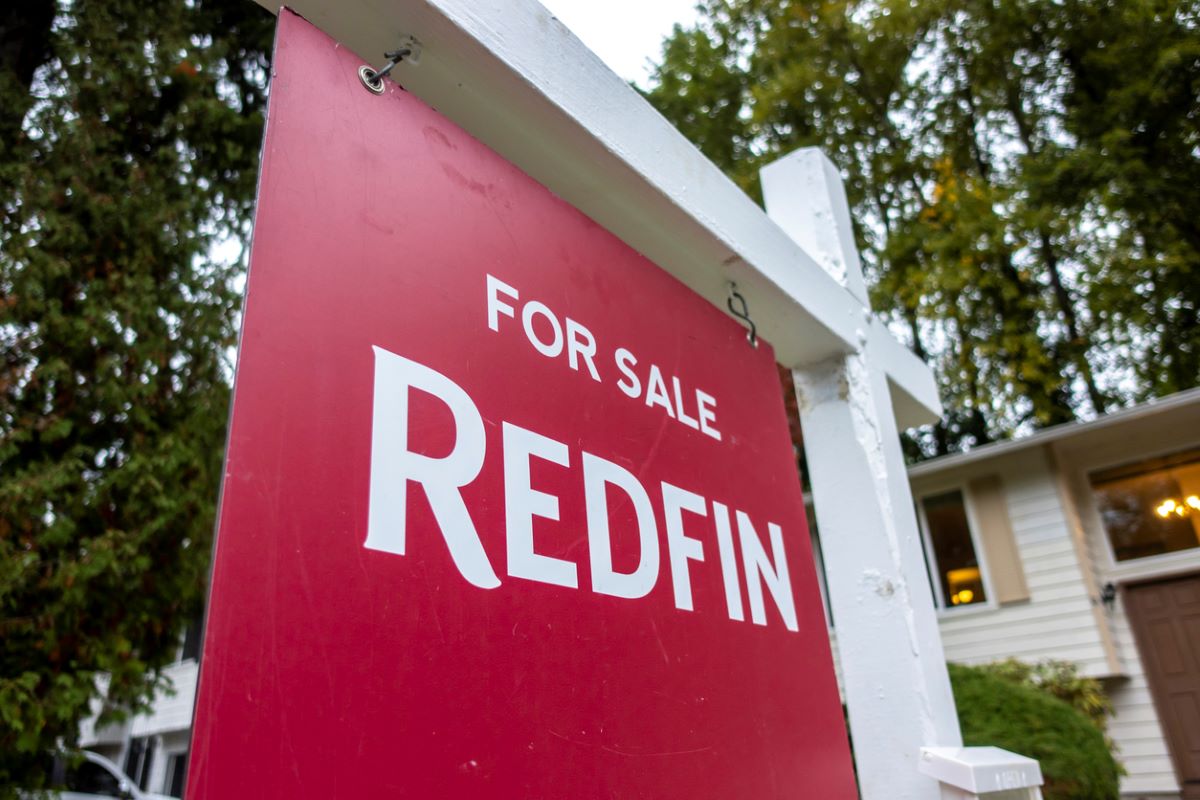OfTheCross
Veteran

How 'Mega Landlords' Threaten Housing Stability for Renters
As mega landlords buy up the rental market, the future of affordable housing for low-income Americans continues to be threatened.
Investment firms have increased their real estate holdings since the 2007 recession caused a spike in single-unit home foreclosures.
The federal government helped mega landlords through the process by selling vacant homes in bulk to businesses that agreed to rent them out for a set number of years. This allowed mega landlords to amass huge portfolios. It also resulted in higher rents for many tenants who still lived in the units.The impact effectively shut renters out of the housing market at an opportune time to buy a home. The program resulted in landlords spending approximately $36 billion to purchase more than 200,000 homes. In one Atlanta zip code, mega landlords accounted for 90 percent of the total purchases between January 2011 and June 2012.
These mega landlords now own approximately 20 percent of America’s rental stock.
And recent events such as Zillow shutting down its home-flipping business have exacerbated this buying spree. Pretium Partners, the second-largest landlord in the U.S., reportedly purchased more than 800 homes from Zillow for approximately $300 million, with a tentative agreement to buy more than 400 more for $150 million.Meanwhile, the need for affordable housing continues to grow.
According to the latest Household Pulse Survey from the Census Bureau, more than 1.6 million households say they are “very likely” to face eviction within the next two months. Black and Hispanic households make up more than 1 million households likely to be evicted. Another 884,000 of those households have children.And eviction filings across the country continue to rise, which heightens the risk that low-income households may be forced onto the streets if they can’t make ends meet. Data from Princeton University’s Eviction Lab shows that there have been nearly 927,000 eviction filings since March 2020 across the six states and 30 cities that the lab covers.
Many of these filings have come from states with sizable homeless populations. For example, there have been more than 110,000 eviction filings in New York City compared to the city’s nearly 49,000 homeless. The four cities in Texas that Eviction Lab tracks combine for more than 189,000 cases compared to the state’s more than 27,000 homeless.
